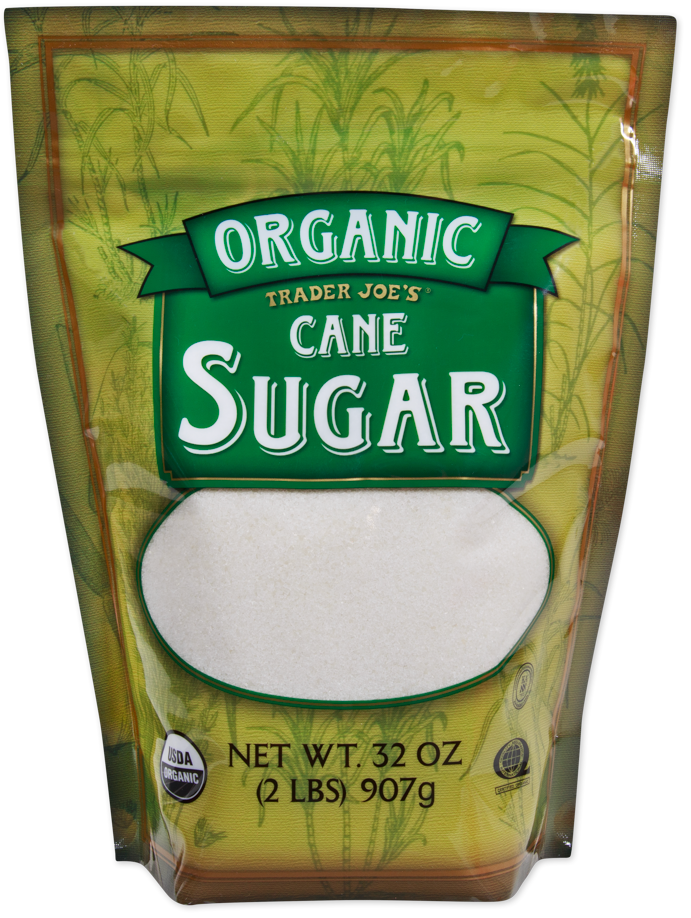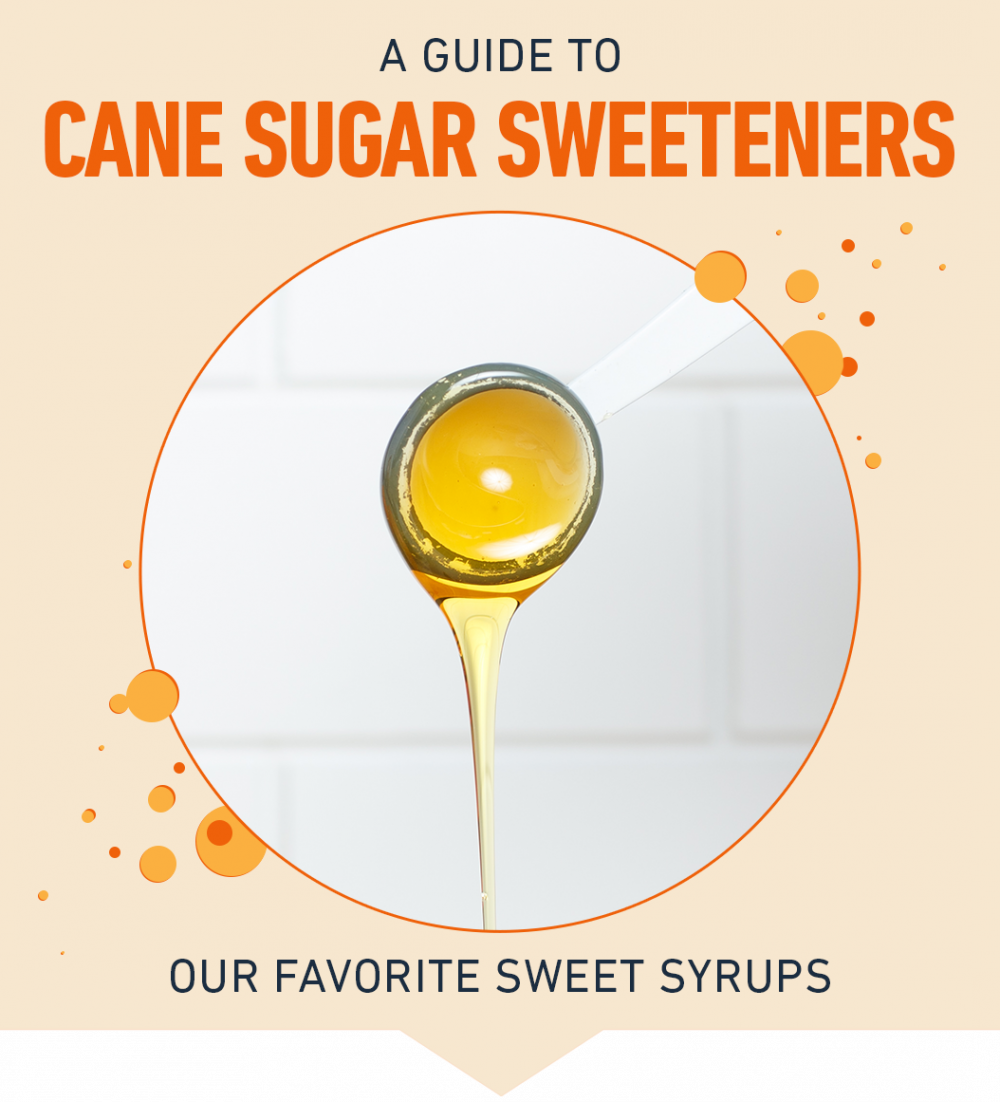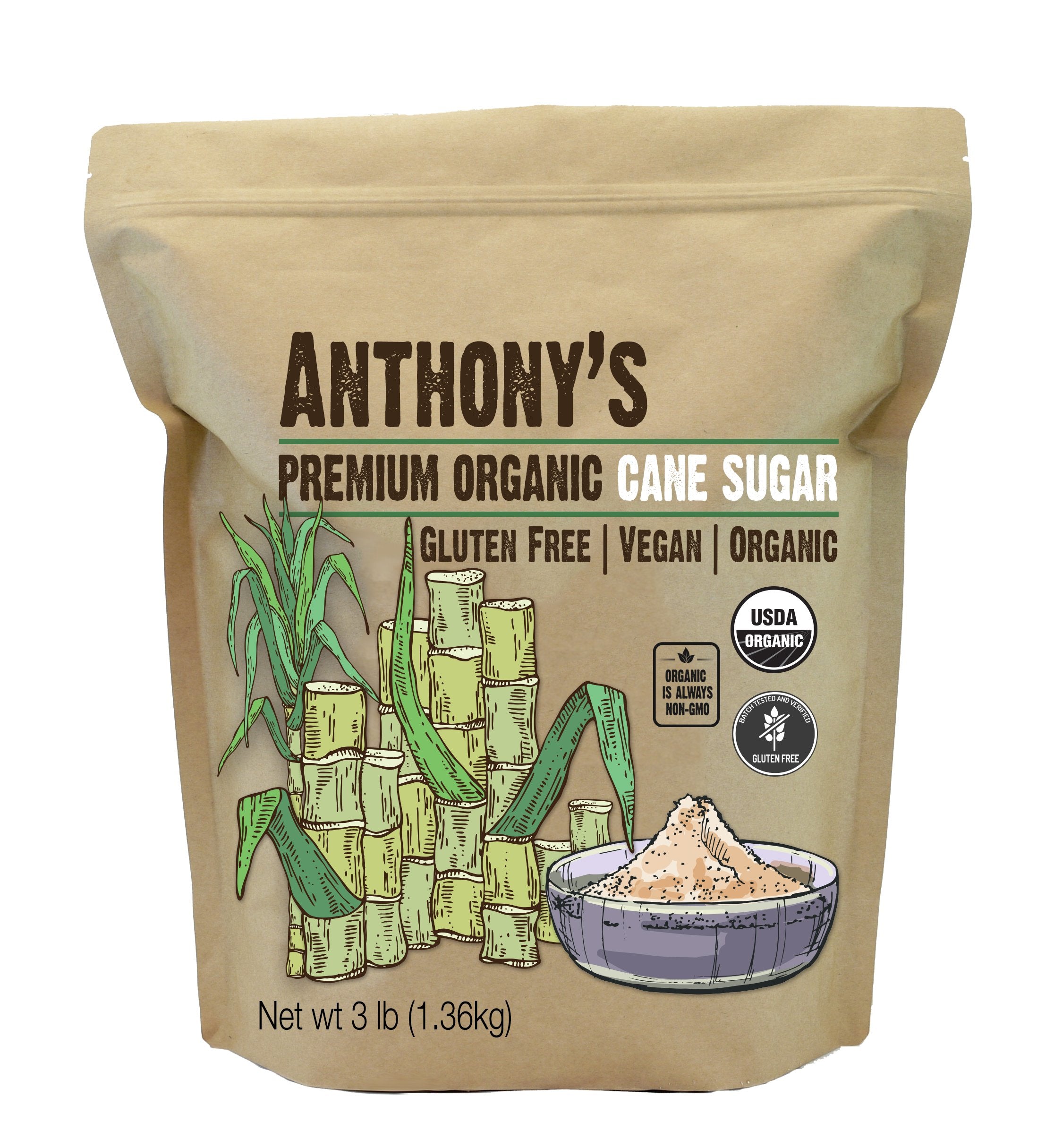Cane Sugar Processing: Innovative Techniques for Quality Production
Discovering the Comprehensive Steps Associated With Walking Cane Sugar Handling From Harvesting to Improvement
The process of walking cane sugar production includes a collection of complex steps, starting with the cautious harvesting of sugarcane and culminating in the improvement phases that ensure the final item meets market criteria. Each phase, from the removal of juice to the filtration and condensation procedures, plays a crucial function in establishing the quality and personality of the sugar.
Harvesting Sugarcane
Gathering sugarcane is a vital action in the walking cane sugar handling chain, as it straight affects the top quality and return of the last product. Appropriate timing and methods are vital during this stage to make certain optimum sugar web content and decrease losses. Generally, sugarcane is collected when it gets to maturation, normally 12 to 18 months after planting, characterized by a high sucrose concentration.

Post-harvest, the sugarcane has to be processed quickly to stop sucrose destruction. Ideally, gathered walking stick should be transferred to processing centers within 24 hours to protect sugar quality. Therefore, reliable logistical planning is important to maintain the honesty of the gathered crop throughout the supply chain.
Extraction Refine

The smashed walking stick goes through a series of pressing operations to optimize juice recuperation. Generally, hot water is sprayed onto the crushed walking cane, developing a countercurrent flow that assists dissolve the sugar while additionally assisting in the removal process. The juice accumulated from this procedure consists of not just sugar however additionally numerous natural substances and contaminations.

To boost removal effectiveness, some facilities may utilize diffusion approaches, where the sugarcane is saturated in warm water, enabling the soluble sugars to diffuse right into the fluid. The resulting juice, abundant in sucrose, is after that directed to succeeding handling phases, laying the structure for filtration and improvement. The removal procedure is therefore crucial in identifying the high quality and return of the last sugar item.
Filtration Strategies
The filtration strategies employed in cane sugar processing are essential for transforming the raw juice into a top notch sugar item. These methods mainly aim to eliminate pollutants, such as soil, plant materials, and inorganic compounds, which can adversely impact the end product's flavor and shade.
One of the most common purification techniques is clarification. This process includes adding lime and heat to the raw juice, which facilitates the coagulation of impurities. The resulting precipitate is after that eliminated with sedimentation or filtering, yielding a clearer juice. Additionally, using phosphoric acid can enhance the clarification process by additional binding contaminations.
One more considerable technique is image source carbonatation, where carbon dioxide is introduced to the cleared up juice. This reaction generates calcium carbonate, which records continuing to be pollutants and promotes their removal.
Moreover, turned on carbon therapy may be applied to adsorb any continuing to be colorants and natural pollutants, guaranteeing a much more refined product. The mix of these techniques efficiently prepares the sugar juice for succeeding action in the refining procedure, setting the phase for the production of premium walking cane sugar.
Condensation Approaches
After the purification phase, the following vital step in walking stick sugar handling includes formation methods, which play a crucial duty in transforming the cleared up juice into solid sugar. This process generally employs two key approaches: spontaneous formation and regulated condensation.
In spontaneous crystallization, supersaturated sugar services are permitted to cool down naturally, leading to the formation of sugar crystals over time. This technique permits for the uniform growth of sugar crystals and higher pureness.
During condensation, the clarified juice is focused via evaporation, raising its sugar material till it reaches supersaturation. When this factor is attained, either approach can facilitate the crystallization process. Cane Sugar Processing. The resultant sugar crystals are after that divided from the staying syrup through centrifugation
Ultimately, the selection of condensation technique impacts the quality, dimension, and pureness of the final sugar product, making this action crucial in the general walking stick sugar processing treatment.
Improvement and Packaging
Just how can the purity and top quality of walking cane sugar be even more enhanced after crystallization? The improvement process plays a crucial duty in accomplishing high-quality walking cane sugar.
Next, the sugar undergoes a procedure called centrifugation, where it is spun at high rates to separate the cleansed sugar crystals from the remaining fluid. After centrifugation, the sugar is typically further improved through a technique called carbonization or phosphatation, which utilizes turned official site on carbon or phosphoric acid to eliminate shade and off-flavors.
When refined, the sugar is look here dried out to achieve the wanted wetness content, making certain that it remains secure during storage and transportation. The last step involves product packaging the polished sugar in moisture-proof and airtight containers to keep its high quality and protect against contamination. Cane Sugar Processing. Appropriate product packaging not only prolongs life span but additionally promotes simple handling and circulation, guaranteeing that consumers get sugar that satisfies the greatest standards of pureness and top quality
Final Thought
The extensive steps associated with walking stick sugar handling, from the thorough harvesting of sugarcane to the detailed improvement and product packaging phases, emphasize the value of each stage in making certain high-quality sugar production. Optimal harvesting techniques, efficient removal approaches, and strenuous filtration processes collectively add to the end product's pureness and security. The condensation and subsequent packaging practices even more enhance the integrity and service life of the sugar, highlighting the complexity and precision inherent in this crucial agricultural industry.
The procedure of walking stick sugar production incorporates a collection of complex steps, starting with the mindful harvesting of sugarcane and culminating in the refinement stages that guarantee the last item meets sector requirements. Ideally, collected walking stick ought to be carried to processing centers within 24 hours to preserve sugar top quality.In spontaneous condensation, supersaturated sugar solutions are permitted to cool normally, leading to the formation of sugar crystals over time - Cane Sugar Processing. The improvement process plays an important role in attaining premium cane sugar.The thorough steps entailed in cane sugar handling, from the precise harvesting of sugarcane to the detailed improvement and product packaging phases, underscore the importance of each stage in guaranteeing high-grade sugar manufacturing